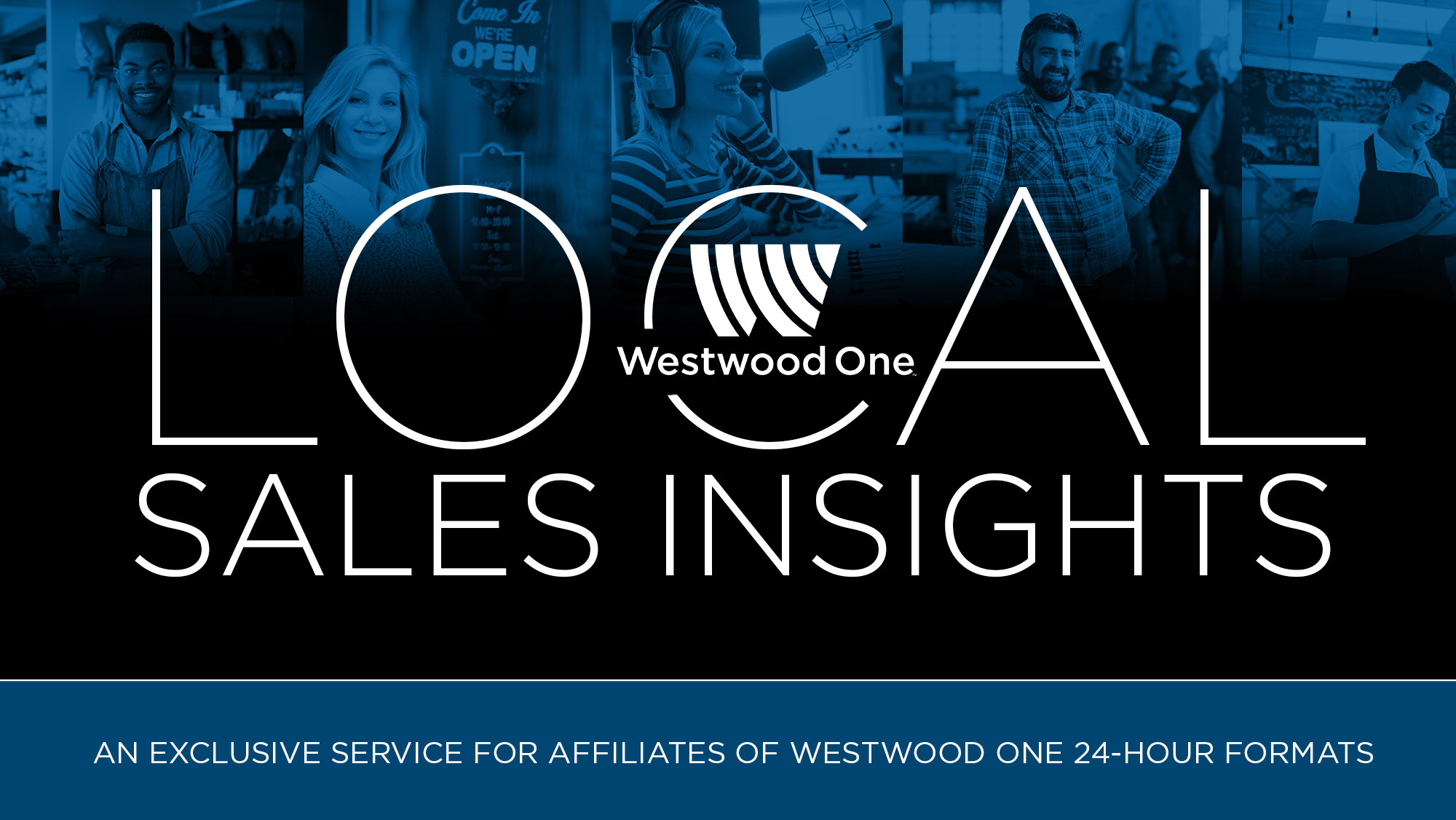Three Marketing Strategies For An Uncertain Economy
Marketing decisions can be difficult in these uncertain times. Thankfully, there is a treasure trove of marketing effectiveness research and best practices from prior economic cycles that can help advertisers stay relevant and protect future sales.
Here are three best practices for an uncertain economy:
- Continue to advertise: According to the World Advertising Research Center (WARC) and Kantar, it can take up to 5 years for brands to recover from “going dark”
- More branding, less sales: Shift more resources to brand building to create future demand versus promoting a lot of sales
- Creative – the more they feel, the more they buy: Place a greater emphasis on emotional campaigns to build your brand more strongly rather than rational, fact and figures ad copy
- Continue to advertise: According to WARC/Kantar, it can take up to 5 years for advertisers to recover from “going dark”
Economic instability can trigger the impulse to pull advertising. If there is less spending by consumers, logic would dictate that there would be less of a need to advertise due to the lower numbers of customers.
Renowned marketing professor Mark Ritson states:
“Advertising has both short and long-term effects. These longer-term effects can take several years to fully manifest and they are largely invisible in the immediate, inherently short-term metric called ROI.
By maintaining ad budgets at current levels this year and next, the same investment will have a much greater impact because competitors have stopped advertising or reduced their ad spend significantly.”
Continuing to advertise endears retailers and brands to consumers. Cutting spend can be disastrous to long-term branding efforts and sales.
- Shift more resources to creating future demand (brand building) versus converting existing demand (sales activation)
There are two types of campaigns: those that create future demand, aka brand building, and those that convert existing demand, like sales events.
Convert existing demand is making sure advertising targets the relatively small group of consumers who are ready to buy and capturing as large a share as possible of them for a product.
Creating future demand involves advertising to that much larger group of consumers who are not ready to buy now but will be in the future and making them feel familiar with and positively toward the brand so that they gravitate to them when they enter the category.
Of the two types of campaigns, brand building is harder to achieve, requires a greater investment, and is more important.
During an economic recession, advertisers need to look at their long-term sales strategies. Short-term sales spikes won’t ensure brand longevity. Spike Santee, advertising expert, says, “Be known before you’re needed.”
Warren Buffett: “If you’ve got the power the raise prices, you’ve got a good business”
Customers are willing to pay more for brands and stores they know. One of the benefits of focusing your ads on building your store’s brand is that consumers are willing to pay more for your brand.
Warren Buffett has made a career of investing in companies with strong brands. Companies with strong brands recover faster from uncertain economies and have greater consumer purchase intent.
- Place a greater emphasis on emotional campaigns to build your brand more strongly
In James Hurman’s wonderful new book Future Demand: Why Building Your Brand Among Tomorrow’s Customers Is The Key To Start-Up Success, he explains there are two types of creative:
Rational copy to convert existing demand: Use product benefits, promotional offers and calls-to-action.
Emotional copy to create future demand: Tell them about that simple idea at the heart of your brand in a way that makes them feel good.
Across all metrics, marketing effectiveness gurus Les Binet and Peter Field find emotional campaigns result in very large effects among consumers, far outweighing the impact of rational campaigns. Awareness, commitment, trust, differentiation, quality, fame, and image all see stronger performance from emotional campaigns compared to their rational campaign counterparts.
During recessions, touting deals or rational sales information isn’t going to move the needle for consumers. Putting a stronger emphasis on campaigns that show empathy and touch consumers on an emotional level will build a brand more strongly. Emotions, feelings, and associations are more important than the message. The more your feel, the more you buy.
